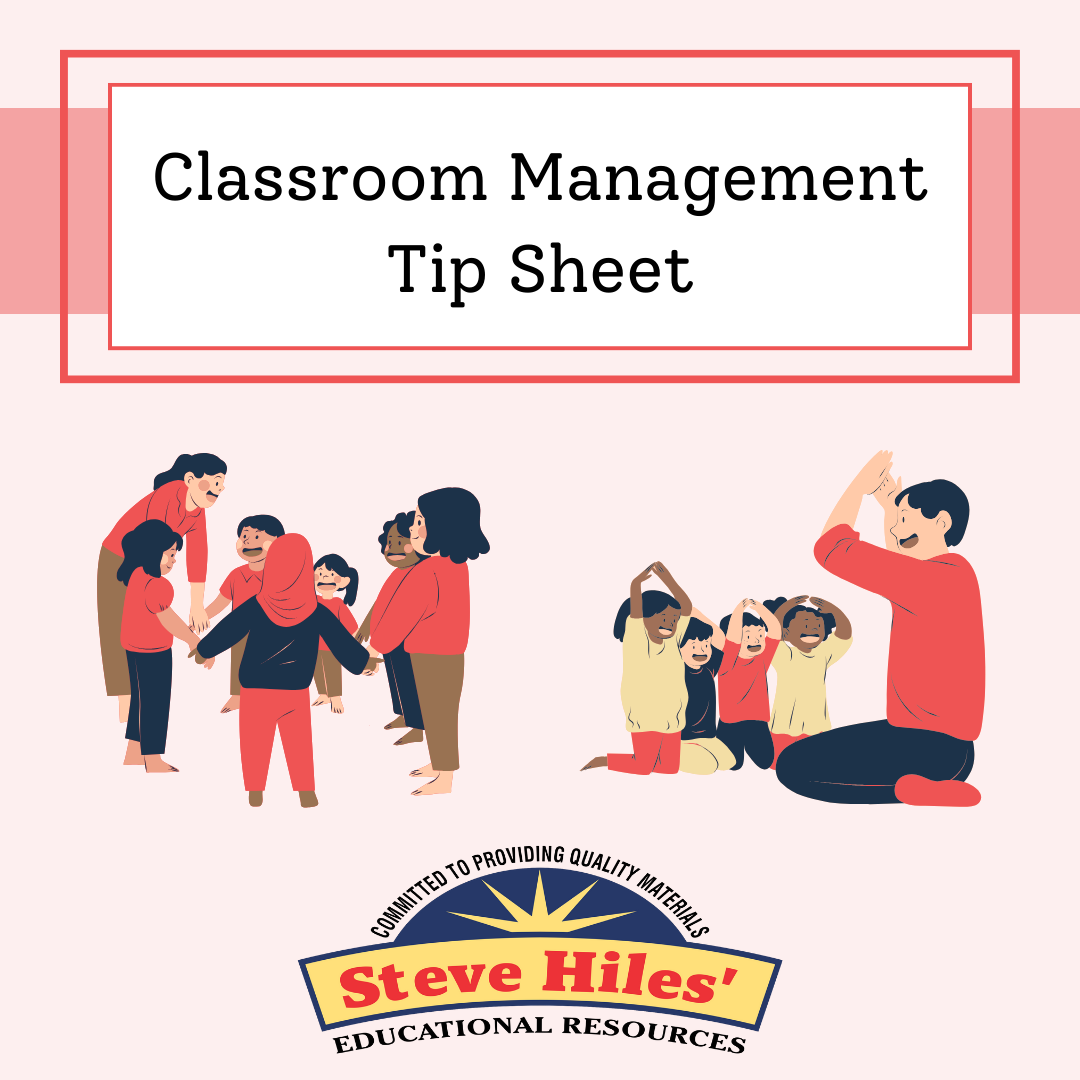Have you ever walked into a colleague’s classroom and thought, “How are these kids so calm and focused?” No chaos. No shouting. Just engaged, respectful learners. And here’s the kicker—there’s no big punishment system in place. So, what’s their secret? I want to share a behavior management strategy that more and more teachers are turning to. It’s simple, powerful, and—here’s the twist—it doesn’t rely on public shaming or elaborate systems. Stick with me, because I’ll also share the one common practice teachers should stop doing if they want to see lasting change in student behavior.
Visibility Without Shame
Let’s start with the foundation: making behavior visible—but private. You’ve probably heard of public clip charts or color-coded systems posted on the wall for the whole class to see. But many educators now agree that while visibility is powerful, public displays can oftentimes backfire. That’s why the best versions of this hack are completely student-centered and confidential.
Take this example: a 4th-grade teacher uses private desk trackers—small laminated cards students keep in their folders. Throughout the day, students check off boxes like “Stayed on Task,” “Used Kind Words,” or “Met My Goal.” The teacher uses quiet signals—a nod, a thumbs-up, or a desk tap—to cue self-assessment. The result? Her students became more mindful of their behavior because they were quietly owning it, not being called out in front of peers.
In this case, students are learning to monitor their own attention and choices, without needing public recognition or shame. If you’re interested in deeper strategies like this one, the Teacher Rockstar Academy offers a comprehensive framework for creating student-centered classrooms that thrive.
Consistency + Digital Tools = Magic
Now, here’s where things really start to click: consistency. One of the biggest mistakes teachers make is launching a system with excitement, then slowly abandoning it. But it’s the follow-through that builds trust and change.
For teachers who love tech, digital tools make consistency easier than ever. Platforms like Class Dojo, Google Forms, or even a simple Google Sheet can be used privately. A teacher logs in behavior notes throughout the day, and students check their own data in a one-on-one check-in or at home. One high school teacher I know sets up weekly behavior reports that students review and reflect on every Friday. This small habit builds ownership without ever putting a student’s status on blast.
Whether it’s analog or digital, the key is daily, predictable use. Students begin to internalize expectations when they’re engaged with the process consistently. For more inspiration on creating reflective, student-driven classrooms, check out Edutopia’s resources on student agency.
Journaling = Deep Student Ownership
Finally, let’s talk about what might be the most powerful variation of this hack: student reflection journals. These can be as simple as a spiral notebook or as structured as a printed worksheet. At the end of each day—or class period—students write short answers to prompts like:
• “What went well today?”
• “What was a challenge?”
• “What will I try tomorrow?”
I coached a 5th-grade teacher who introduced this system during her morning meeting and used it as an exit ticket. Her students not only started improving their behavior, but they began articulating the why behind their actions. She wasn’t just managing behavior anymore—she was growing thinkers.
When students feel seen, valued and heard, they become partners in your classroom—not just subjects of your management.
So, here’s the shift I promised you earlier: if you want real transformation in your classroom, you’ve got to stop trying to manage student behavior for them. Instead, start teaching students to manage it with you. Whether you use private desk charts, digital logs, or behavior journals—the common thread is student ownership.
You don’t need a flashy wall chart to have a well-managed classroom—you don’t need to move student clips up and down a chart, or colored strips to annotate a specific behavior, or writing names on the white board. You need a system that’s consistent, respectful, and centered on growth. And I know you can build that system—because you care, and you’re here, learning how to make it happen.









